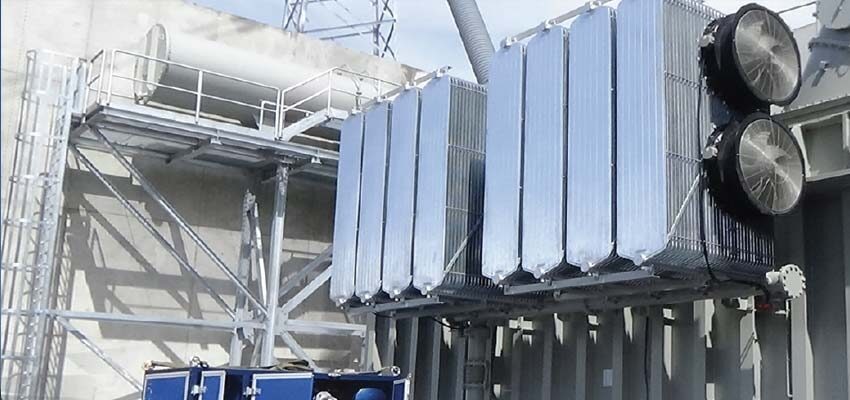
Factory and field dry-out of power and distribution transformers
Abstract The transformer manufacturing process is complemented with a delicate task. Once the active part of the transformer has been assembled, the core and winding...
byDiego Robalino, MEGGER

Abstract
The transformer manufacturing process is complemented with a delicate task. Once the active part of the transformer has been assembled, the core and winding assembly is ready for dry-out. The efficiency and the effectiveness of the dry-out process are of utmost importance for the manufacturer and the end user. Throughout the life of the transformer, moisture in the solid insulation will accumulate as part of the normal aging process of the insulation. It is common practice to monitor dryness of the transformer in the field and, if the moisture concentration of the solid insulation is greater than 3%, it is normally scheduled a dry-out in the field. This article describes the use of the Dielectric Frequency Response methodology to monitor continuously the effectiveness of the dry-out process in the factory or in the field.
Keywords: transformer insulation, dry-out process, Dielectric Frequency Response
1. Introduction
Dielectric Frequency Response (DFR) or Frequency Domain Spectroscopy (FDS) is an advanced condition assessment technique mainly used for fluid-immersed power and distribution transformers. The most widely used application is the evaluation of the moisture concentration in the solid insulation and the conductivity of the liquid insulation in complex paper-oil insulation systems.
International organizations, such as CIGRE and IEEE, arranged task forces and working groups dedicated to the evaluation of the frequency response techniques as an application for advanced insulation diagnostics on transformer insulation.
The first field-portable instrument for DFR analysis was the IDA-200 (Insulation Diagnostics Analyzer) launched in 1997. Since then, computer technology sophistication, power electronics development and a dedicated group of researchers improved the testing methodology and developed a variety of applications to better and more efficiently assess the condition of HV and EHV transformers primarily.
In this article, several case studies are incorporated to demonstrate the ease of use and the advantages provided by DFR during the dry-out process of power and distribution transformers in the factory and in the field.







